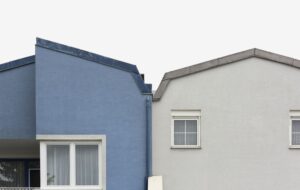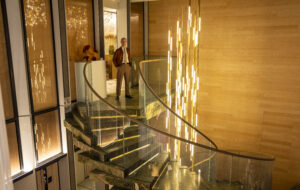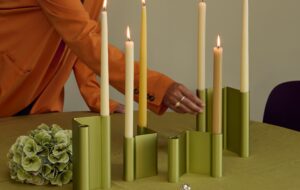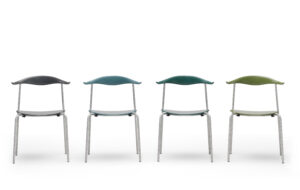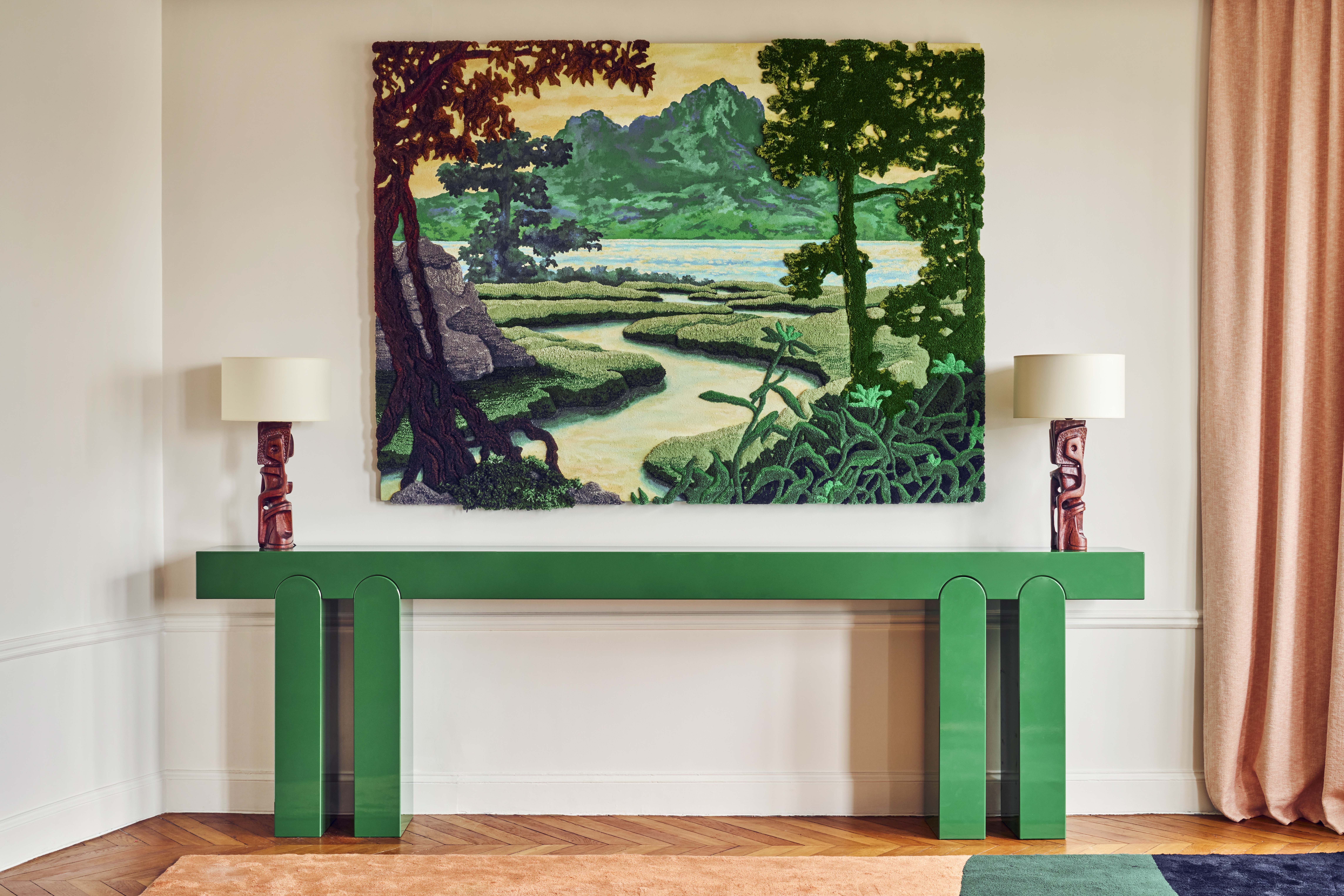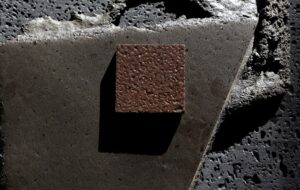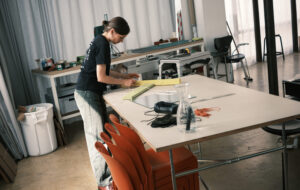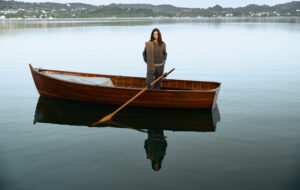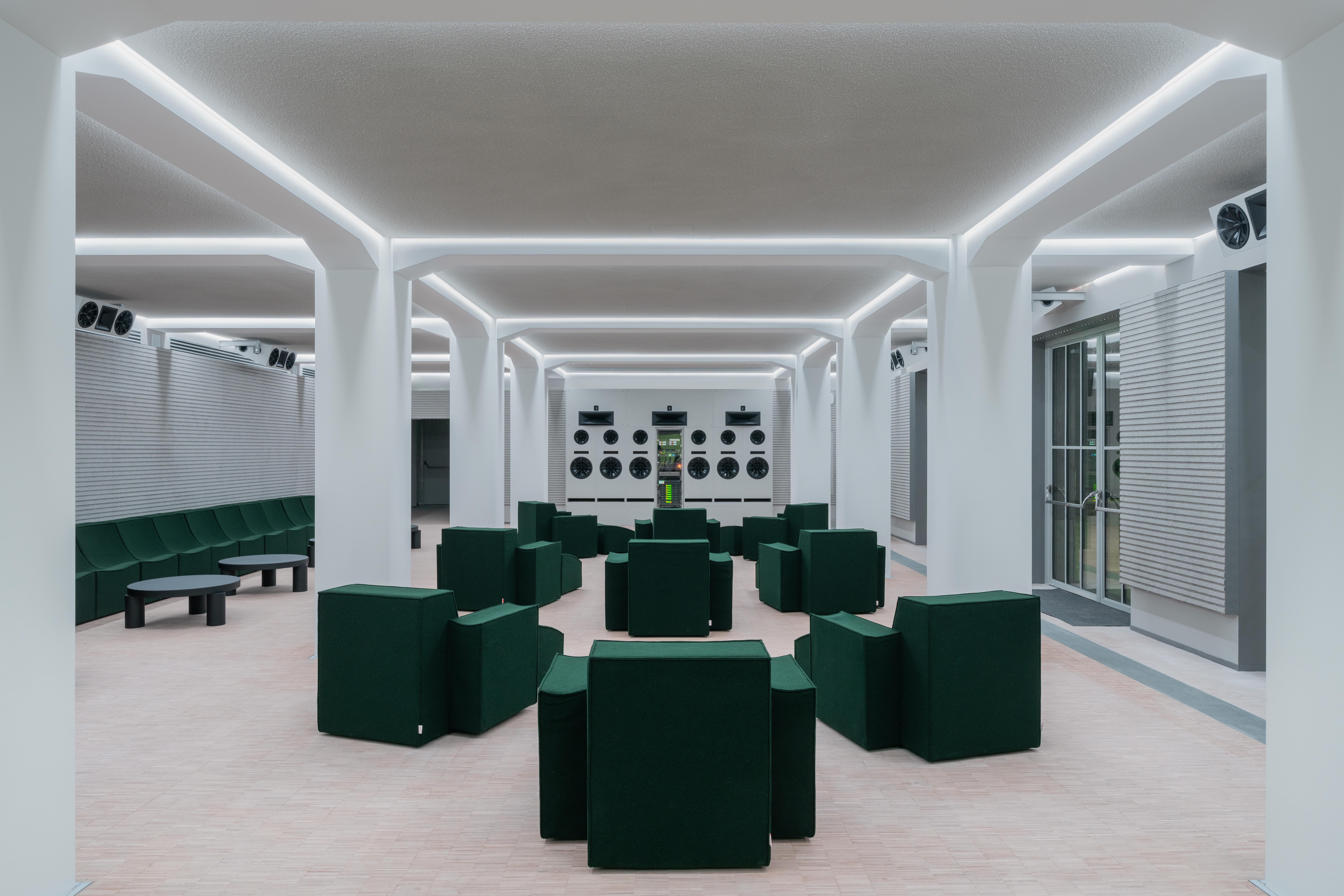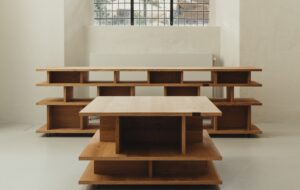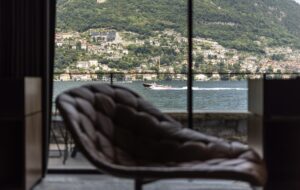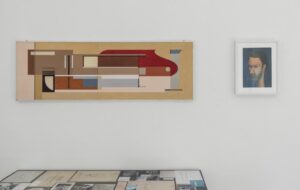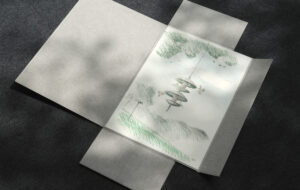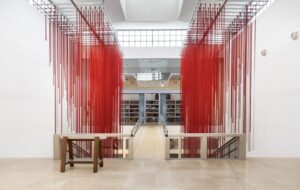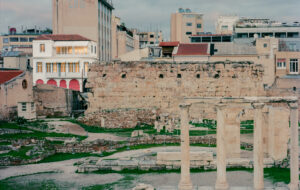|
Some of design’s biggest names gathered in Serbia for the fifth annual Belgrade Design Week in June, and the festival’s outspoken founder told us why he feels creativity can save the Balkans
There are a lot of design festivals all over the world now – what makes Belgrade Design Week special?
It’s a completely private initiative, and we have one-to-one relationships with every single person who comes as a guest lecturer. It feels like a family affair where everybody’s instantly local upon arrival, and not a business affair like Milan or the London Design Festival. It sucks in London that you have 25 bodyguards bringing Zaha Hadid over to another undisclosed VIP dinner, blah blah blah, you know? Belgrade is not like that, we are very inclusive, and it’s a very personal affair of my little dedicated team.
Why do you organise it in this more intimate way?
When I first had the idea of Belgrade having a design week, I looked around and I saw there is not too much talent, there is no industry at all, so I had to concentrate on what could bring a positive energetic flow to the very few people trying to survive in the creative industries in this region. Because there’s no conference like this in this whole region of 100 million people, which is why each year I dream that we will speak in front of a sold-out stadium … I believe that the future and the salvation of this whole south-east European region between Vienna and Istanbul is in the creative industries. But we tend to just get 500 people, or 1,000 if we let people in for free. So you see how undeveloped it is.
Belgrade is famous for BITEF, the theatre festival, and the fact that we had this number one international festival is how I had the guts to make a festival with the best people on earth. We didn’t want a local festival because I thought that we would see the same bunch of people each year and if we swivel in the same shitty circle of our own experiences in a region that is characterised by exclusion, not by mingling … You guys, you wake up in Brussels, you go to Paris, live in Dusseldorf, I can’t even explain this to guys from Budapest, Belgrade or Sofia.
Do you feel you get enough support?
There is no systematic support for the creative industries, not only in Serbia but in the surrounding countries as well. My festival gets the support it does only because we are loud and we are [getting] famous. But the rest of the year, there’s nothing. It’s emblematic to say that the ministry of culture didn’t even give us one cent, one dime, for our five years in existence. That’s an absolutely world-shattering fact.
What’s the broader aim of the week?
My mission is to convert a common public into connoisseurs and we want to convert visitors to Belgrade into ambassadors for Belgrade. Serbia and the entire region is a blank spot on the European map, especially on the cultural map. There is profit here, but it’s the most stupid kind of profit … football players, Ferraris, Coca Cola, Philip Morris and who knows … but the business here is not coming from culture. The business here is coming from money, money, and purely money. It might be great business, but the cultural fact is missing. This is a very serious plumbing mission – we are on the job to repair the system of these people doing their business without any cultural background.
What’s next?
Our idea is to create a kind of Venice Biennale where you have five to 30 national exhibitions. We have a fantastic venue in the middle of the city, and the idea is to be in an old warehouse in the city centre, and then to have four floors of national pavilions like you see in 100% Design. If we can make it happen next year, then the whole world will know about this almost secret place.
|
|
Words
William Wiles
|



